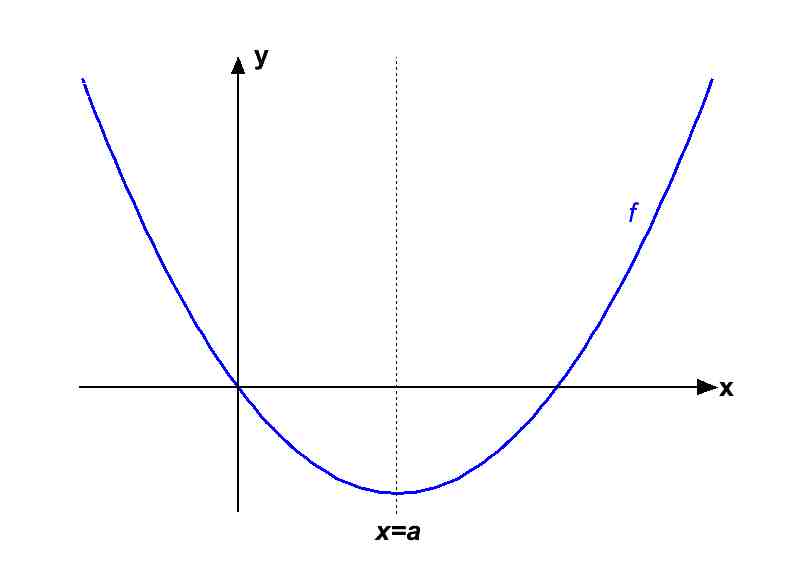Chapter 1.
1.1 Problem Statement
Determine a domain on which f−1 exists, and find a formula for f−1 for this domain of f.

1.2 Step 1
Question Sequence
Question 1.1
The inverse fucntion, f-1(x) exists if and only if f(x)mnIFJEkLQR6TgBpQuRKstlI2e5VMqLeSzswip0RS8d5AJcKro51uGRF5bd6c3Yh8.
Question 1.2
By looking at the graph of f(x) = x2 - $a2·x, we can see that f(x) zv6snTZ1x/CgMe4nKfH0/A== one-to-one on its entire domain by the x1f8f20FXytk0BktNHiVI7pVlQzXBsa1 line test.
1.3 Step 2
Since f(x) is not one-to-one, it is not invertible. However, we can restrict the domain to one where f(x) is one-to-one and hence will be invertible on that domain.
Question Sequence
Question 1.3
Given any parabola, if we restrict the domain to only those numbers to the right (or left) of the vertex, then by the horizontal line test, the function KqDrhW/fkzgmnmA4Ao/tNjgy8Hc= be one-to-one and hence invertible.
Question 1.4
The vertex of the parabola is at x = nc1ItEz0kR4=.
Question 1.5
Thus f(x) will be invertible if it is restricted to the domain
x ≥ nc1ItEz0kR4=
or the domain
x ≤ nc1ItEz0kR4=.
1.4 Step 3
Now that we have a domain on which f(x) is invertible, let's find a formula for f−1(x). To do so, solve y = f(x) for x in terms of y.
There can only be one inverse function and it depends on the restricted domain of f.
Question Sequence
Question 1.6
Solve for x in the restricted domain of f, x ≥ $a.
Solve for x in the restricted domain of f, x ≤ $a.
Where a = nc1ItEz0kR4=.
Question 1.7
Using proper notation for inverse functions, state f−1(x) for the restricted domain x ≥ $a.
Using proper notation for inverse functions, state f−1(x) for the restricted domain x ≤ $a.
Where a = nc1ItEz0kR4=.